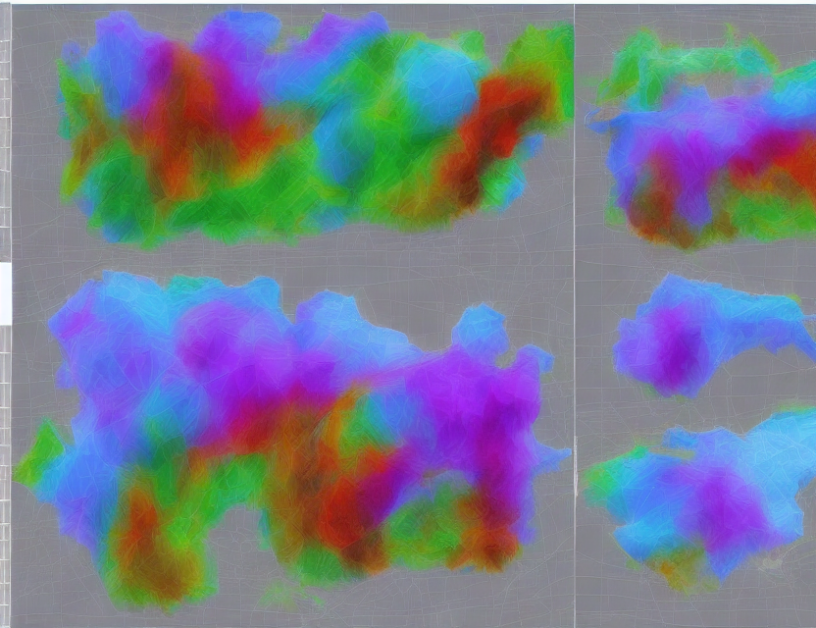Understanding the Challenges and Solutions in Evaluating Text-to-Image Synthesis Models
In the field of artificial intelligence, generating images from textual descriptions is a challenging task that has gained significant attention in recent years. However, evaluating these text-to-image synthesis models remains a complex problem due to various reasons. This article summarizes the state-of-the-art methods for evaluating these models and their limitations, while also providing possible solutions to overcome these challenges.
Evaluation Methods
Currently, most evaluation methods rely on human-driven evaluation methods, which are time-consuming, expensive, and prone to subjective biases. These methods include asking humans to rate the quality of generated images based on various criteria such as realism, coherence, and aesthetics. However, these ratings are often inconsistent and difficult to quantify.
Scalability Limits
One of the main challenges faced by human-driven evaluation methods is their scalability limits. As the number of generated images increases, it becomes increasingly difficult for humans to evaluate each image accurately. This can lead to a significant decrease in the overall quality of the evaluated models.
Preference Subjectivity Issues
Another challenge with human-driven evaluation methods is the subjective nature of preferences. Different evaluators may have different opinions on what makes an image good or bad, leading to inconsistent ratings. This can make it challenging to compare the performance of different models.
Need for Improved Evaluation Metrics
To overcome these challenges, there is a growing need for improved evaluation metrics that can accurately assess the performance of text-to-image synthesis models. Researchers have proposed various metrics such as CLIP-Score, which measures the similarity between the generated image and a reference image, based on their semantic consistency.
Holistic Evaluation
Another approach to evaluating text-to-image synthesis models is through holistic evaluation methods. These methods evaluate the entire generation process, including both the input text and the generated image, rather than just focusing on individual components. This provides a more comprehensive understanding of the model’s performance and can help identify potential issues early on.
Open Challenges
Despite these advances, there are still several open challenges in evaluating text-to-image synthesis models. One of the main challenges is the need for large-scale, diverse datasets for training and evaluating these models. Another challenge is the need to develop better evaluation metrics that can accurately assess the performance of these models.
Conclusion
In conclusion, evaluating text-to-image synthesis models remains a complex problem due to various reasons. However, by understanding the challenges and limitations of current evaluation methods, researchers are developing new approaches to overcome these challenges. These include improved evaluation metrics, holistic evaluation methods, and large-scale datasets for training and evaluating these models. With continued research and innovation, it is likely that these challenges will be addressed, leading to more accurate and reliable assessment of text-to-image synthesis models.



